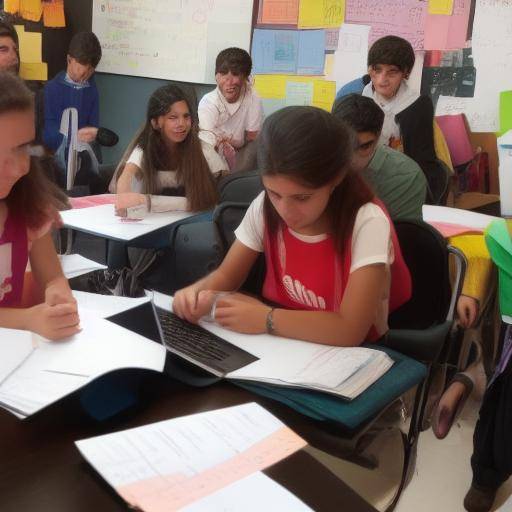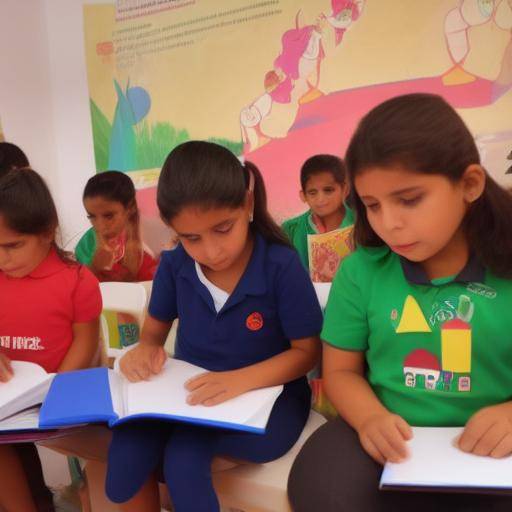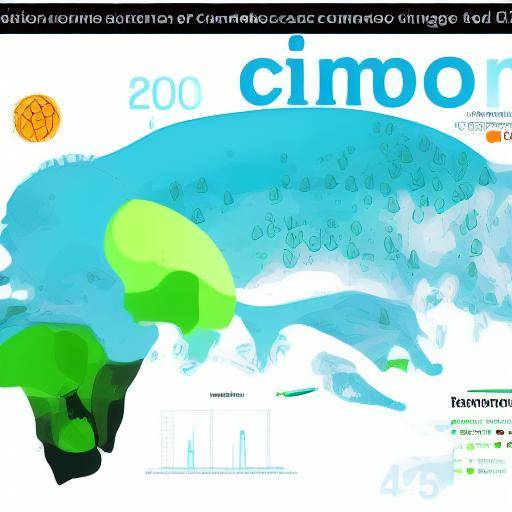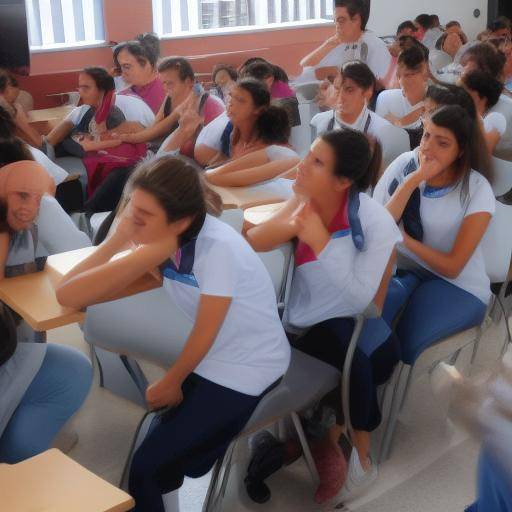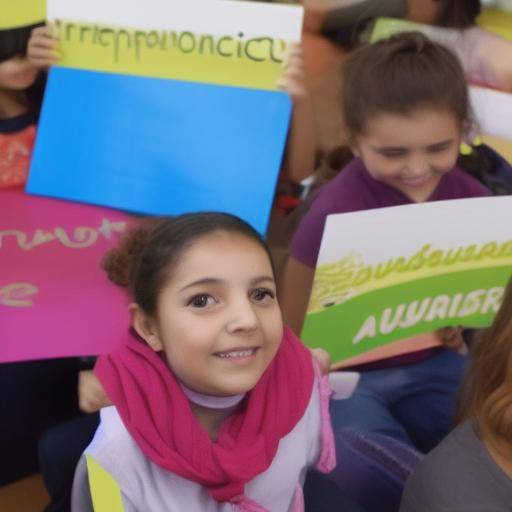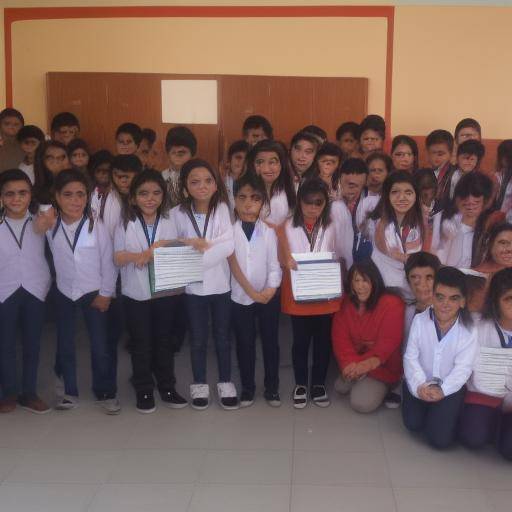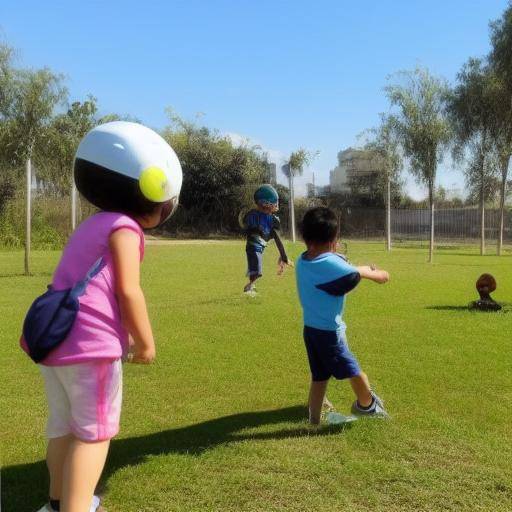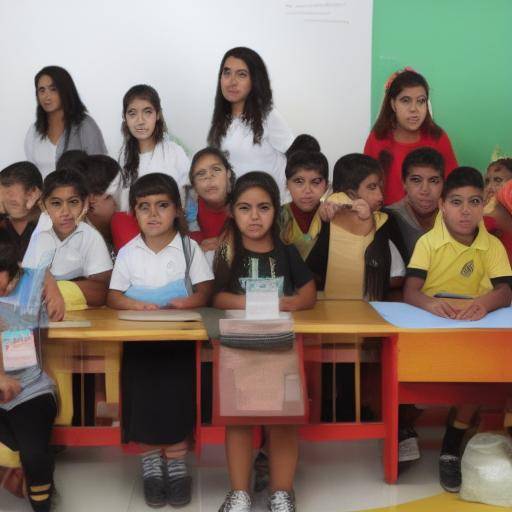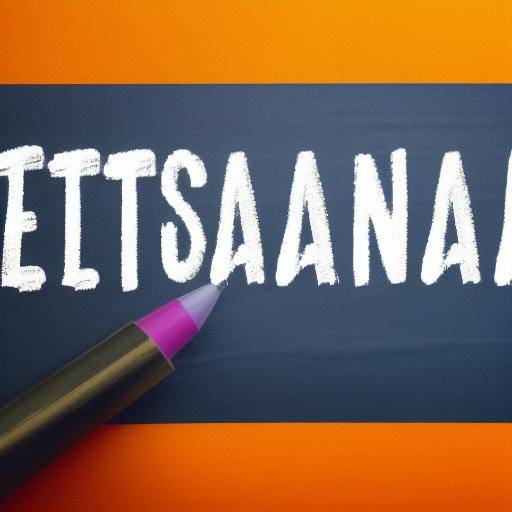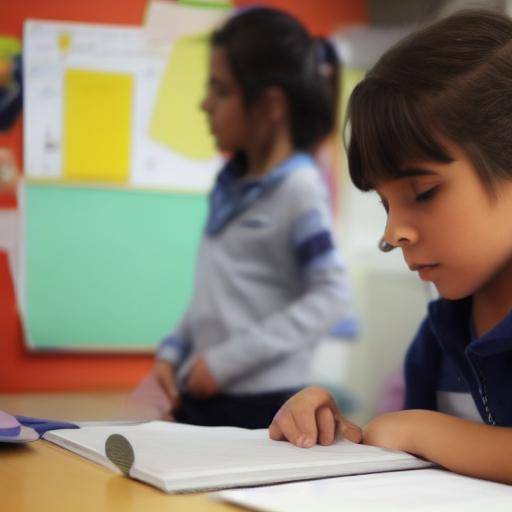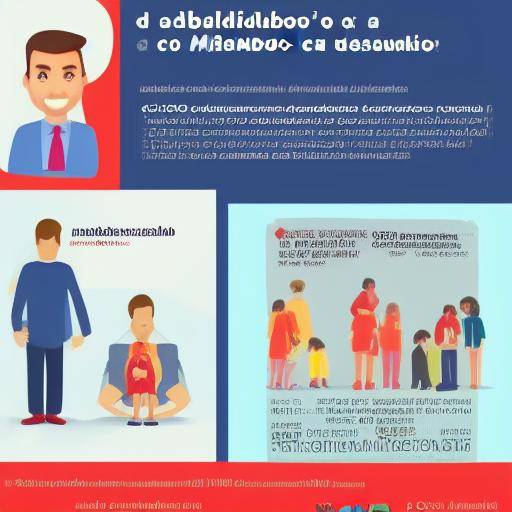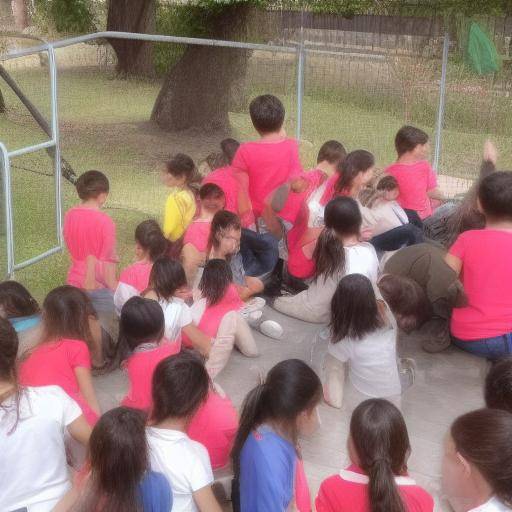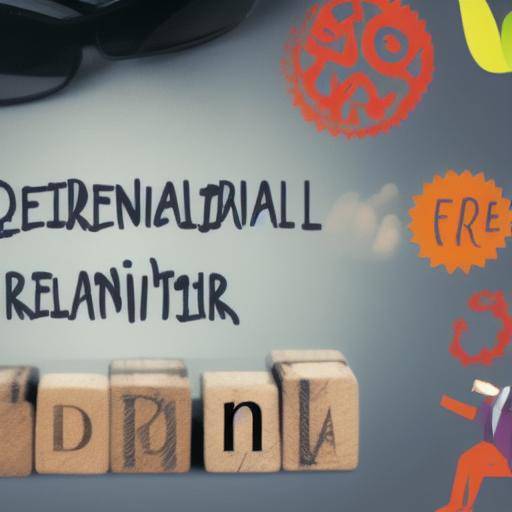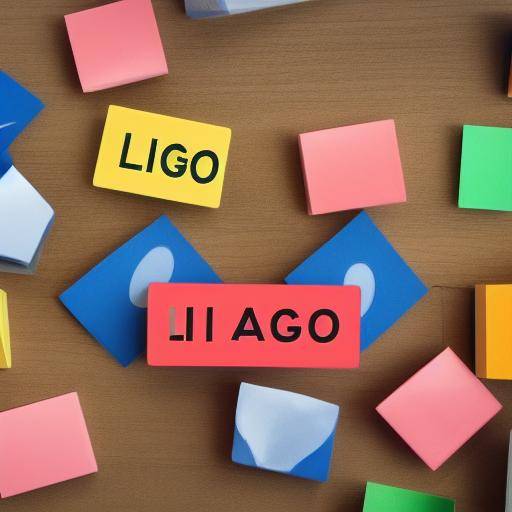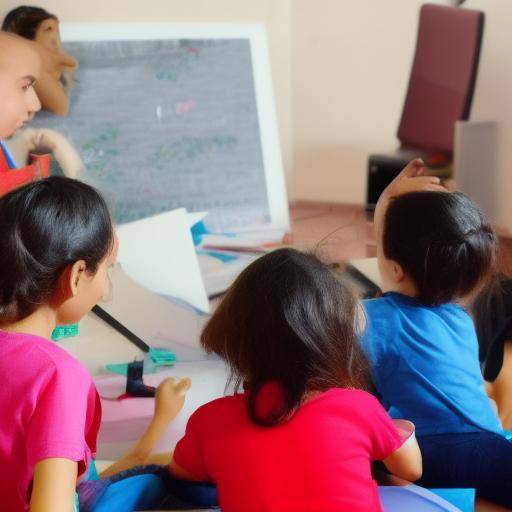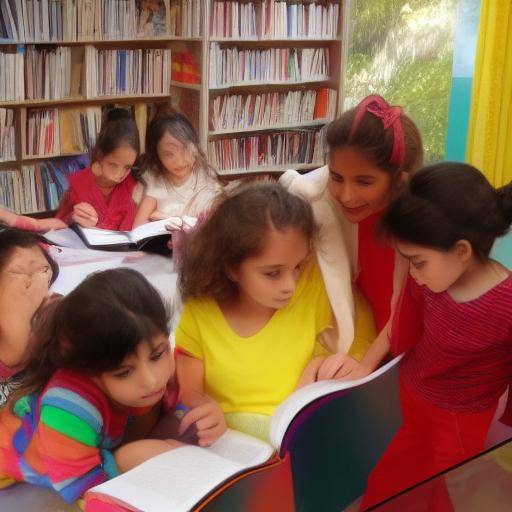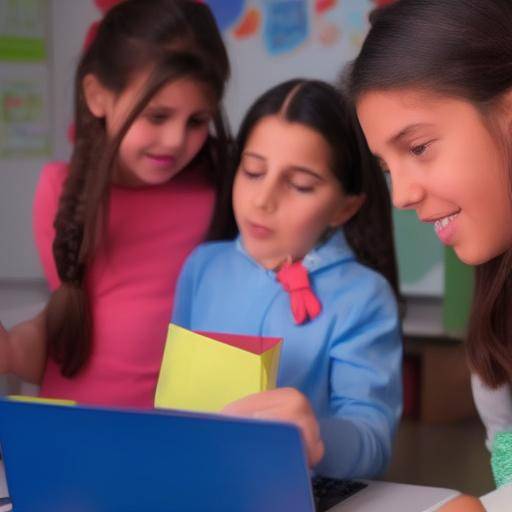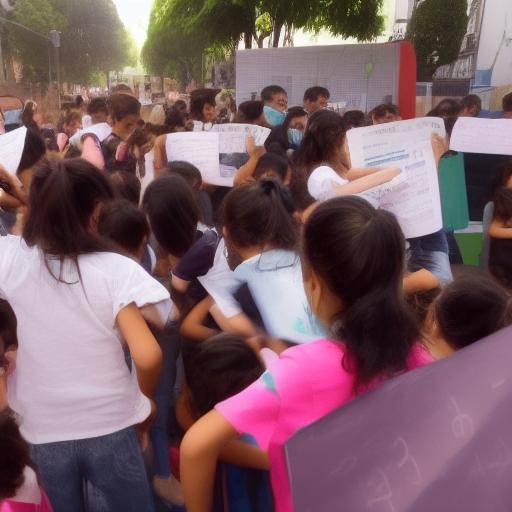
Introduction
Have you wondered how you can support students to develop self-learning skills? As the educational environment evolves and adapts to current demands, it becomes essential to provide students with the necessary tools to be able to learn independently. In this article, we will explore a variety of resources available to help students develop autonomous skills. From online platforms to innovative pedagogical strategies, we will discover how these resources can foster student autonomy and improve their academic performance. Join us on this journey to empower students to develop their own path to knowledge!
History and Background
The concept of autonomy in learning has its roots in the theory of modern pedagogy. Since the first conceptions of educational methods, it has sought to promote independence and self-regulation in students. Over time, different approaches and methodologies have emerged to cultivate these skills.
Origins and Evolution
The interest in student autonomy goes back to constructivist and humanist theories in education. From the ideas of Dewey and Vygotsky to the contemporary approaches of pedagogy, the emphasis on the active role of the student in his own learning process has been a constant. As technology and educational practices have advanced, new strategies have been developed to promote student autonomy.
Significant Milestones and Developments
In recent decades, education has experienced a revolution in terms of access to information and new forms of teaching. The growing availability of online resources, the implementation of project-based methods and the approach to soft skills have contributed significantly to the promotion of student autonomy.
Detailed Analysis
In analyzing current trends in education, it is clear that student autonomy is a crucial aspect that influences their academic success and personal development. The ability to self-manage learning, set goals and manage time effectively are key skills to face the challenges of today's society.
The resources available to support student autonomy have diversified to adapt to the needs and preferences of students. From digital tools that encourage self-regulation to pedagogical approaches that promote informed decision-making, the range of resources is vast and multifaceted.
Analysis of Deepness
In analyzing the benefits and challenges associated with resources for the development of autonomous skills, it is essential to consider the impact that these may have on the learning process. The integration of these resources not only influences the academic performance of students, but also shapes their ability to meet the challenges of the real world.
Benefits and Opportunities
The resources designed to promote student autonomy offer a wide range of benefits. The ability to access personalized educational materials, participate in collaborative learning environments, and receive instant feedback are just some of the advantages that these resources can provide.
Challenges and Considerations
Despite the obvious benefits, the effective implementation of resources for the development of autonomous skills entails significant challenges. The ability of students to use these resources effectively, the need for an appropriate guide by educators and the assessment of the impact on learning are aspects that require careful attention.
Comprehensive review
The practical application of resources to improve student autonomy covers various educational contexts and pedagogical approaches. From traditional environments to innovative teaching models, these resources are fluidly integrated to provide an enriching and personalized educational experience.
Practices and Case Studies
The detailed analysis of case practices and studies related to the use of resources to promote student autonomy offers a insightful view of how these tools impact the educational process. Reviewing the implementation of specific strategies, results and lessons learned provides a deep understanding of the value of these resources in the current educational context.
Comparative analysis
The comparison and contrast of different resources to support the student's autonomy provides clarity on the particularities of each approach and its suitability in different educational contexts. In assessing the similarities, differences and possible synergies between these resources, you can identify the range of options available to enhance student autonomy.
Examples and Scenarios
Exploring specific cases of resource implementation for the development of autonomous skills in specific educational environments illustrates the diversity of available approaches and strategies. These examples show how resources are adapted to the unique needs and characteristics of students, showing their versatility and applicability in different educational contexts.
Practical Tips and Useful Tips
Providing practical advice and useful suggestions for the effective implementation of resources that promote student autonomy is essential for educators. Providing step-by-step guides, proven strategies and research-backed recommendations allows education professionals to maximize the impact of these resources on learning their students.
Step by Step Guides
The development of detailed guides that guide the integration of resources for the development of autonomous skills in the classroom facilitates its effective implementation. These guides offer a clear and practical structure for educators, helping them adapt resources to the specific needs of their students and educational contexts.
Industry ideas and Expert Reviews
Collecting ideas and innovations from the educational industry, as well as the opinions of experts in the field, provides an integral vision of trends and developments in the field of student autonomy. In exploring various perspectives and outstanding contributions, the understanding of the importance and potential of available resources is enriched.
Emerging and Prognostic Trends
Analyzing emerging resource-related trends to foster student autonomy provides a projection for the future of education. The predictions based on current data and the opinions of experts offer a clearing vision of the opportunities and challenges facing the educational environment in relation to these resources.
Conclusion and Frequently Asked Questions
Conclusion
In conclusion, resources to promote student autonomy play a key role in the development of autonomous skills. From its historical evolution to its practical application in current educational environments, these resources offer a wide range of opportunities to empower students in their learning process.
Frequently asked questions
Why is it important to promote student autonomy in the educational process?
Promoting student autonomy promotes their ability to assume responsibility for their own learning, develop self-regulation skills and make informed decisions, preparing them to face the challenges of the real world.
What are some effective resources to promote student autonomy?
Resources such as adaptive online learning platforms, time self-regulation tools and student-centered pedagogical strategies are examples of effective tools to promote student autonomy.
How can educators integrate these resources into their teaching practice?
Educators can integrate these resources by creating collaborative learning environments, implementing activities that encourage decision-making, and providing training feedback that empowers students to lead their own learning process.
What is the impact of student autonomy on their academic and personal development?
The development of autonomous skills positively influences academic performance, self-confidence, intrinsic motivation and the ability to solve problems independently, which prepares students to face future challenges with determination and effectiveness.
How can resources to foster student autonomy adapt to different styles and learning rhythms?
Resources can be adapted by offering custom options, universal accessibility and flexibility in accessing educational materials, allowing students to develop autonomous skills according to their individual needs.
What role do information and communication technologies play in promoting student autonomy?
Information and communication technologies offer a wide range of adaptive tools, collaborative environments and interactive resources that empower students to manage their own learning process effectively.
What are the key challenges associated with the implementation of resources to promote student autonomy?
Some challenges include the preparation of educators to effectively integrate these resources, the guarantee of equity in access to tools and the evaluation of the real impact on the learning process of students.
By addressing these and other common questions, this article provides detailed and insightful information about resources to help students develop autonomous skills. By empowering students to take an active role in their own learning process, these resources not only influence their academic performance, but also prepare them to face the challenges of the current world with confidence and determination.
As we have explored throughout this article, student autonomy is a fundamental aspect of the evolution of education. The resources available to support the development of autonomous skills have become an essential component in the educational process, offering a range of opportunities to enrich the learning experience and enhance individual student growth. Being aware of the available trends, tools and strategies, educators can play a key role in effectively implementing these resources and maximizing their impact on the educational process.
In short, the promotion of student autonomy through a variety of resources represents a crucial step towards creating educational environments that promote the integral development of students and prepare them to stand out in a diverse and changing society.

